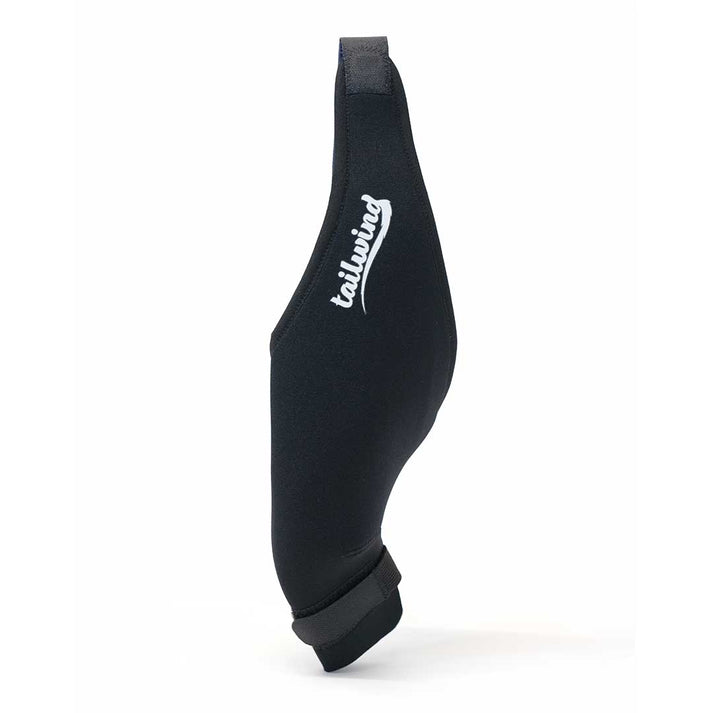How
Dog Knee Braces Work?
Dog knee braces are valuable
orthopedic devices that provide support, stability, and pain relief for dogs
with knee injuries or conditions. Understanding how these braces work can help
owners comprehend their benefits and make informed decisions about their use.
This article will provide a detailed explanation of the mechanism of action
behind dog knee braces and how they
effectively aid in the management of knee issues in dogs.
Support
and Stabilization
One
of the primary functions of a dog knee brace
is to provide support and stabilization to the knee joint. These braces are
specifically designed to encompass the affected knee and surrounding
structures, such as ligaments and tendons. The brace's construction and
adjustable straps create a secure fit, limiting excessive movement and
providing stability to the joint. This support minimizes the strain on injured
or weakened structures, promoting proper alignment and reducing the risk of
further damage.
Compression
and Pressure
Dog knee braces apply compression and pressure to the
knee joint and surrounding tissues. Compression serves multiple purposes.
Firstly, it helps to reduce inflammation and swelling, which are common
responses to knee injuries or conditions. By compressing the area, the brace
aids in the reduction of fluid buildup and tissue irritation, leading to pain
relief and improved comfort for the dog.
Secondly,
the pressure applied by the brace stimulates blood flow to the injured area.
Enhanced blood circulation facilitates the delivery of oxygen and nutrients to
the tissues, promoting healing and tissue regeneration. Additionally, improved
blood flow aids in the removal of waste products and inflammatory substances,
accelerating the recovery process.
Corrective
Alignment
For
dogs with structural abnormalities or misalignments, such as luxating patella
or knee dysplasia, knee braces can assist in corrective alignment. These braces
are designed to provide targeted support and reposition the knee joint to
ensure proper tracking of the patella (kneecap). By aligning the joint
correctly, the brace helps to reduce joint instability, decrease the risk of
dislocation, and improve overall joint function.
Mechanical
Limitation of Movement
In
cases where excessive movement is detrimental to the healing process, dog knee braces serve as a mechanical
limitation. They restrict the range of motion of the knee joint, preventing
hyperextension, excessive flexion, or abnormal sideways movement. By
controlling the joint's movement, the brace helps protect the injured
structures, allowing them to heal more effectively.
Psychological
Support
In
addition to the physical benefits, dog knee brace
can also provides psychological support to dogs with knee injuries or
conditions. These braces offer a sense of comfort and security to dogs by
stabilizing the joint and reducing pain. This psychological support can boost
the dog's confidence, encourage them to engage in activities, and improve their
overall well-being.
Conclusion
Dog knee braces work through
a combination of support, stabilization, compression, corrective alignment,
limitation of movement, and psychological support. By understanding the
mechanisms behind these braces, owners can appreciate their effectiveness in
managing knee injuries or conditions in dogs. If your dog has a knee issue,
consult with a veterinarian or a certified canine orthotist to determine if a dog knee brace
is suitable for your dog's specific condition and to ensure proper fitting and
usage. With the right knee brace, you can provide the necessary support and aid
in your dog's recovery, helping them regain mobility, reduce pain, and enjoy a
better quality of life.










